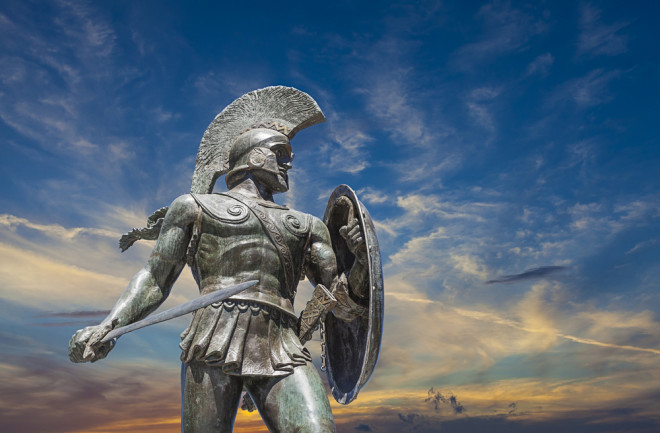There are few more captivating tropes in storytelling than the doomed band of heroes facing off against a far superior force. And there is perhaps no better precedent for this archetype than one of the first such examples in recorded history: The Battle of Thermopylae.
Perhaps better known today as “that battle from the movie 300,” the Battle of Thermopylae was an epic, three-day face-off between a small group of Greek soldiers and the massive Persian Army in 480 B.C. It’s little spoiler to say the Greeks lost. But the battle lives on to the present day largely due to the ideals of sacrifice, bravery and patriotism it represented.
It’s also a potent example of an outnumbered force using military and tactical advantages to their utmost and exacting a heavy toll on their enemy. Add in hubris, betrayals and eminently quotable speeches, and you’ve got the recipe for one great story.

